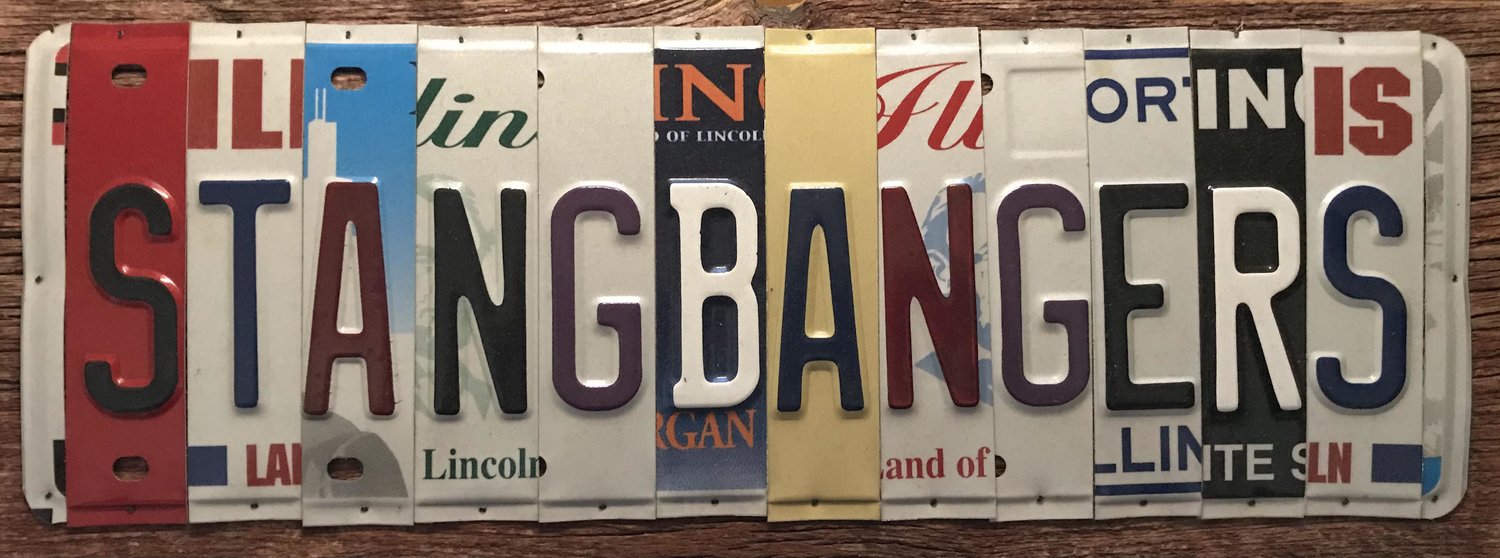Old Volvo Wagons are a Ford V8 Swap from Serious Speed
From the June 1997 issue of Car and Driver.
"I'm a little worried if you mention Paul Newman," says Ross Converse, a former aircraft mechanic whose primary business since 1988 has been selling simple kits to slot Mustang V8s into rear-drive Volvos.
Converse, a soft-spoken 46-year-old Mainer, is more concerned that Indy-car team owner and actor Newman will be angry with him for divulging a secret: Known fast-car lover and salad-dressing-and-salsa salesman Newman tools around his home base in Connecticut in a V8-powered Volvo 960 wagon built by Converse.
See, one of the advantages of having a V8-powered Volvo, especially in the Northeast, is that Swedish cars blend into the traffic like Toyotas in Tokyo. Cops and autograph hounds normally tend not to notice ubiquitous Volvo station wagons.
The other reason is this: A Volvo wagon weighs only 100 pounds more with an iron-block Mustang V8, so performance improves. In fact, one of the two Converse-built Volvo wagons we tested got to 60 mph in 5.9 seconds. It was a special version, with a Powerdyne Automotive Products centrifugal supercharger driven by a shielded, toothed belt. It was as quick as the convertible Mustang Cobra we tested last July. In fact, that Volvo got down the quarter-mile in 14.3 second at a trap speed of 100 mph, faster than July's Cobra. Top speed for the station wagon is 145 mph. That's 1 mph faster than the sizzling 850 Turbo wagon we tested last March. Our second test subject from Converse had a stock Mustang engine and a four-speed automatic; it made it to 60 mph in a still-zoomy 7.4 seconds. A new 740 Turbo wagon reached 60 mph in 8.0 seconds and took the quarter in 15.9 at 85 mph back in May 1985. Throttle response in both cars is quick, and you can spin the stock-size tires at most speeds on a whim.
(photo credit: Jim Caiozzo - Car and Driver)




